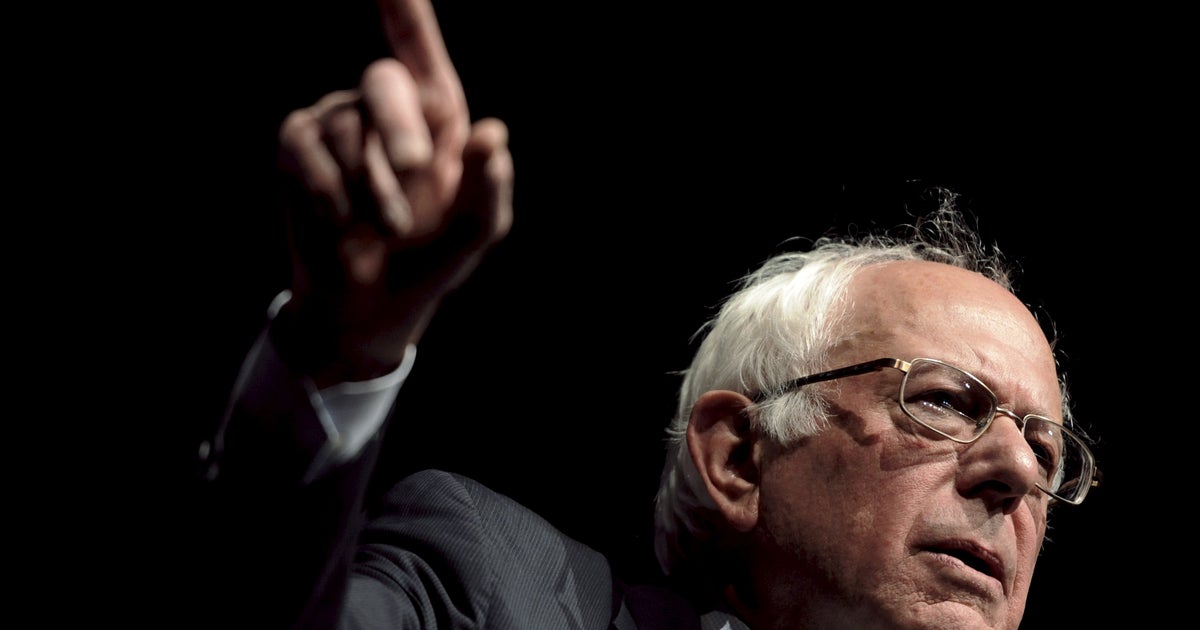Bernie Sanders Campaign Were Discussing Contested
In the ever-evolving landscape of American politics, the phrase "contested convention" has surfaced more frequently, igniting discussions among political analysts, party strategists, and the electorate alike. At the heart of this discourse is Bernie Sanders’ campaign, which has recently shifted its focus towards the implications and realities of a potentially contested Democratic National Convention. A contested convention occurs when no single candidate secures the requisite delegates to claim the nomination outright, thereby presenting a scenario rife with both opportunity and peril.

Historically, contested conventions have often served as significant turning points in political narratives, allowing for unexpected alliances and dramatic shifts in momentum. Such situations can embolden voices that may otherwise be relegated to the periphery. For Sanders’ supporters, the prospect of a contested convention brings a flicker of hope amidst concerns about the broader direction of the Democratic Party. It symbolizes not just a possibility but a challenge to the status quo, particularly in light of the increasing tensions between the establishment and progressive factions within the party.
In recent months, Sanders' campaign has been diligently exploring the dynamics surrounding the 2024 primaries, scrutinizing polling data, delegate allocation strategies, and the broader sentiment among Democratic voters. The momentum gained from grassroots organizing and policy advocacy has fueled discussions about how a contested convention could pave the way for a more progressive platform. Members of the Sanders’ camp have asserted that their vision for economic reform, healthcare accessibility, and climate action should guide the Democratic ethos, an ethos they believe is currently under threat from more centrist candidates.
The implications of a contested convention are manifold. For Sanders and his supporters, it serves as a rallying cry—a call to action for like-minded individuals who seek substantive changes rather than platitudes. Engaging in this discourse, Sanders has asserted that democracy should remain in the hands of the people, rendering a contested convention as an opportunity to uplift the voices of those advocating for transformational change rather than merely catering to the inexpungible interests of party elites.
An important aspect of considering a contested convention involves examining the logistics of delegate allocation and voting behavior leading up to the primaries. Currently, the primary calendar is structured in such a way that momentum can shift unpredictably. A strong performance in early states like Iowa and New Hampshire can create a perception of viability that may influence subsequent primary results. The Sanders campaign has emphasized grassroots support, urging his base to mobilize and make their preferences known early in the process to build a delegate tally that could sustain the campaign through the convention.”
Furthermore, the existing political climate signifies a growing discontent among voters, many of whom feel that their interests have been obscured by traditional political machinations. On issues such as student debt relief, Medicare for All, and climate change, the Sanders campaign harnesses its narrative to portray an urgent need for bold, progressive action. The notion of a contested convention is thus not merely a tactical consideration but also a litmus test for the party's future direction, illuminating the ideological rift that exists within its ranks.
As conversations about potential outcomes swirl, there lies a pivotal question: how can Sanders galvanize support to ensure that a contested convention becomes a beneficial rather than a detrimental reality? The campaign has sought to forge coalitions with progressive organizations, labor unions, and grassroots movements to bolster their message and demonstrate widespread support for their policies. By doing so, they aim to create a narrative that presents Sanders not just as a candidate, but as the collective voice of a movement striving for equity and justice.
Moreover, navigating a contested convention demands strategic foresight, should the scenario arise. The Sanders campaign must contemplate not only their own delegate count but also how to sway superdelegates—party officials and elected leaders who can endorse candidates irrespective of primary outcomes. A concerted effort to win over these superdelegates will be crucial. Initiatives to engage and educate superdelegates about progressive policies may facilitate a more inclusive approach to the convention’s outcome.
While a contested convention can evoke fears of division within the party, it also presents a chance for commission and reconciliation. The vying factions within the Democratic Party have an opportunity to dialogue about their aspirations and concerns, potentially yielding a more unified platform. Such an approach could prevent further alienation of voters, particularly the younger demographic that feels increasingly disillusioned by conventional political processes.
In conclusion, Bernie Sanders’ discussion around the possibility of a contested convention embodies a broader struggle that transcends mere electoral strategy. It highlights the divergent visions for the Democratic Party’s trajectory and denotes a clarion call for inclusivity and reform. By centering their campaign around the principle of robust democracy, Sanders and his supporters are not only contesting a nomination but are also advocating for a political renaissance that harmonizes the party’s future with the aspirations of its constituents. In this charged atmosphere, the forthcoming primaries will undoubtedly be consequential—not only for Sanders’ campaign but for the Democratic base at large, as they navigate the landscape for equitable representation and transformative policies.
Post a Comment